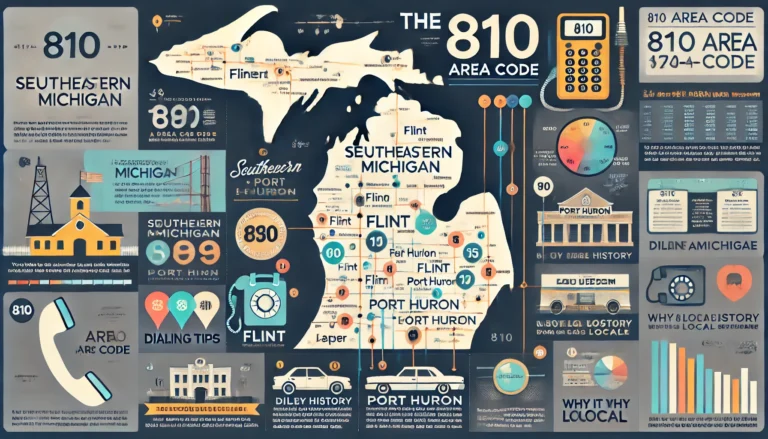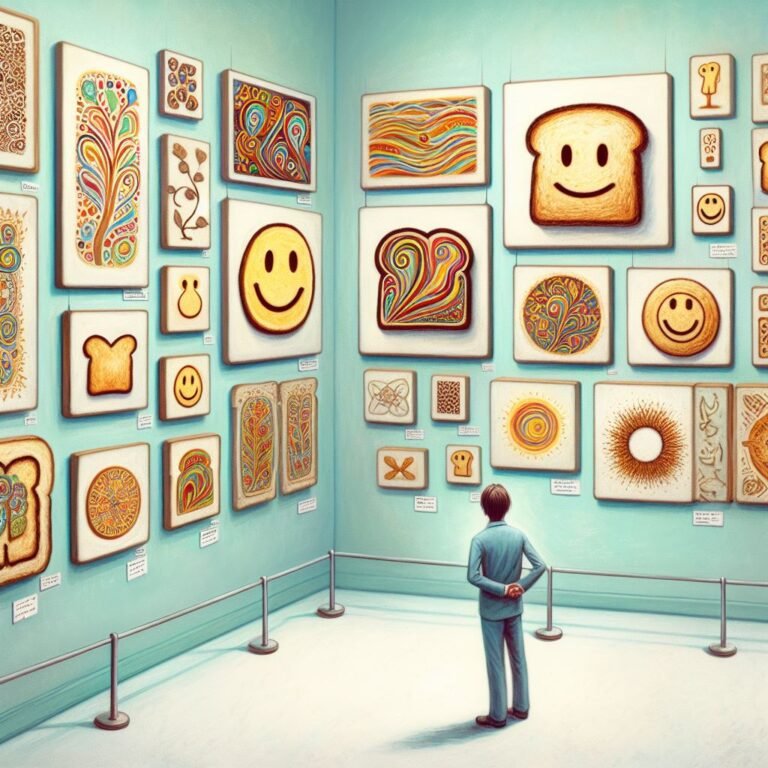Exploring the “Look AIgeneratedCriddle FinancialTimes” Buzz: What You Need to Know

If you’ve been browsing the internet or catching up on industry news, you might have stumbled across the intriguing phrase “look AIgeneratedCriddle FinancialTimes.” But what does it mean, and why is it making waves? Whether you’re curious about AI advancements, a Financial Times reader, or just intrigued by digital trends, this blog will break it all down for you.
In this post, we’ll dive into the context of AIgeneratedCriddle, its relevance to Financial Times, and what it means for AI-generated content in modern journalism. If you’re looking for a clear explanation and actionable insights, you’re in the right place!
What Is “Look AIgeneratedCriddle FinancialTimes”?
Let’s unravel the mystery. The term seems to spotlight the integration of AI-generated content within reputable journalism platforms like the Financial Times. Specifically, it hints at how AI tools are shaping modern storytelling, reporting, and analysis, often with the name “Criddle” associated, perhaps referencing a key figure or development in this AI space.
The “look” part likely urges readers to pay attention—an invitation to observe how artificial intelligence is redefining the journalism landscape.
Why Is This Important?
AI-generated content is not just about convenience or cost-cutting; it represents a seismic shift in how we consume, verify, and trust information. Here’s why the term resonates:
- Changing Journalism: Publications like the Financial Times experimenting with AI tools signals a broader trend toward technology-driven reporting.
- Trust in AI Content: While AI-generated articles can speed up processes, maintaining trust and accuracy remains a challenge.
- Efficiency Meets Creativity: Tools powered by AI assist journalists in analyzing data, predicting trends, and even drafting initial copies—all while leaving room for human creativity.
The Role of Financial Times in AI Journalism
The Financial Times has long been a pioneer in adopting cutting-edge technology to deliver high-quality journalism. Here’s how AI is reshaping their approach:
1. Data-Driven Reporting
- AI tools can analyze massive datasets in minutes, uncovering patterns and insights that would take humans days to process.
- This allows the Financial Times to provide readers with in-depth, timely coverage of complex topics like global markets or climate change.
2. Automation of Routine Tasks
- AI assists in automating repetitive tasks, such as formatting articles or generating summaries for busy readers.
- By saving time, journalists can focus on in-depth reporting and storytelling.
3. Personalization for Readers
- AI helps the Financial Times deliver personalized content to subscribers, curating articles based on interests and reading habits.
- This enhances the reader experience, keeping audiences engaged.
Challenges of AI in Journalism
While the potential is exciting, there are some challenges to consider:
1. Maintaining Accuracy
AI systems can sometimes misinterpret data or context, leading to errors. This makes human oversight critical.
2. Ethical Concerns
- The use of AI raises questions about transparency. Should readers know when content is AI-generated?
- Ensuring AI doesn’t perpetuate biases or misinformation is another key consideration.
3. Preserving Human Creativity
While AI can assist with efficiency, it lacks the nuanced understanding and creativity of a human journalist. Striking the right balance is essential.
What Does “AIgeneratedCriddle” Mean for You?
If you’re a reader, journalist, or business owner, here’s how this trend might impact you:
- For Readers: Expect faster news delivery, but always approach AI-generated content with a critical eye.
- For Journalists: Embrace AI as a tool, not a replacement. It’s here to enhance—not erase—human storytelling.
- For Businesses: AI-driven content strategies can help streamline your communication efforts, but authenticity remains key.
How to Spot AI-Generated Content
Curious about whether an article or report is AI-generated? Here are some tell-tale signs:
- Repetitive Phrasing: AI sometimes reuses certain phrases or structures.
- Overly Formal Tone: While improving, AI content can sometimes lack a human touch or emotional depth.
- Generic Insights: If the information feels broad or lacks unique angles, it could be AI-crafted.
Conclusion: The Future of Journalism with AI
The rise of terms like “look AIgeneratedCriddle FinancialTimes” reflects a growing curiosity and cautious optimism about AI’s role in journalism. While tools like AI can enhance efficiency and broaden access to information, they’re not without challenges. The Financial Times and other industry leaders are paving the way for responsible AI use, ensuring that human oversight and creativity remain at the heart of journalism.
Whether you’re a casual reader or a media professional, staying informed about these trends is essential. The future of journalism is evolving rapidly, and understanding AI’s role will help you navigate it with confidence.
FAQs About AIgeneratedCriddle and Financial Times
Q: What does “AIgeneratedCriddle” mean?
A: It refers to AI-generated content and could be associated with a person, tool, or trend influencing AI in journalism, specifically in the Financial Times.
Q: Does the Financial Times use AI to write articles?
A: Yes, they use AI tools to assist with data analysis, personalization, and automating routine tasks, but human journalists remain essential for quality control.
Q: Should I trust AI-generated content?
A: While AI-generated content is often accurate, always verify information from reliable sources, especially for complex or critical topics.
Q: How can journalists benefit from AI?
A: AI helps journalists save time, analyze data, and enhance storytelling, allowing them to focus on creativity and in-depth reporting.
Q: Is AI replacing human journalists?
A: No, AI is a tool to support journalists, not replace them. Human insight, creativity, and ethics are irreplaceable in journalism.
Stay curious, stay informed, and let’s keep an eye on how AI continues to shape the future of storytelling!






